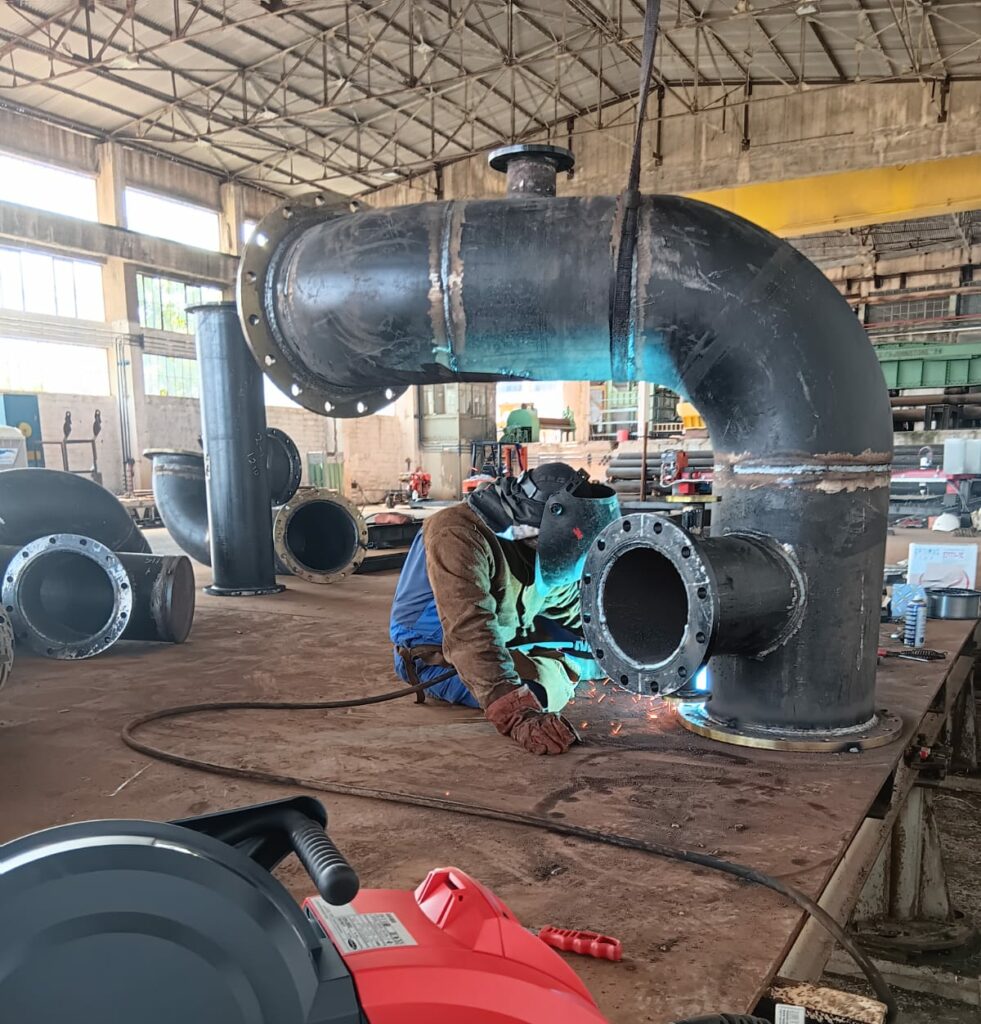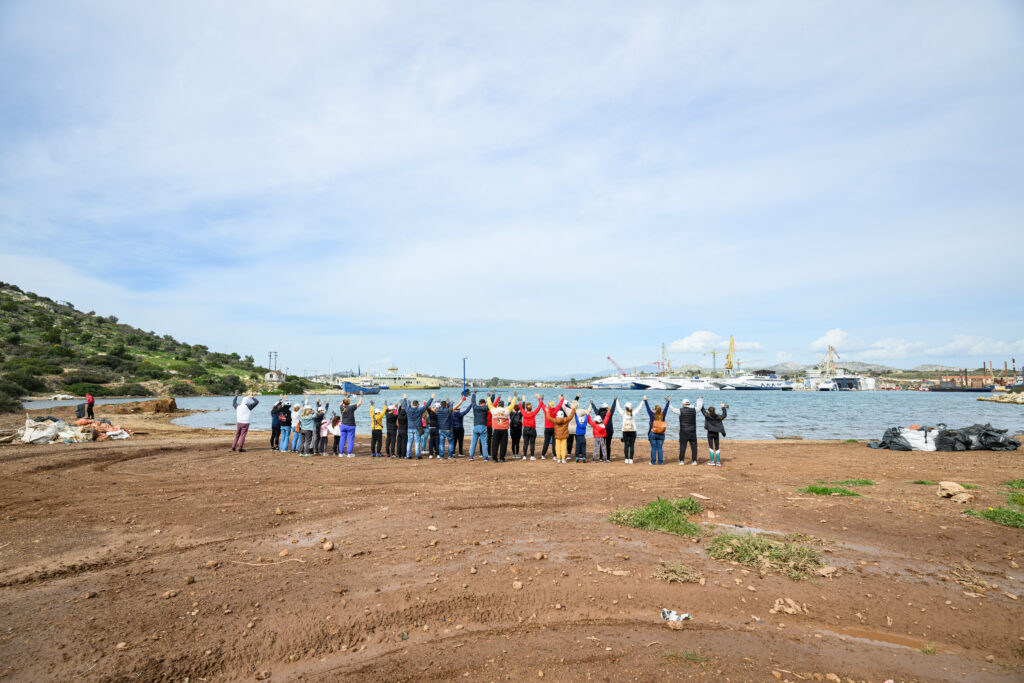Every time a vessel leaves a port, shipping companies shoulder great responsibilities, in carrying out delivery of goods around the world as the ultimate goal. Attaining this, requires all components of the vessel to be in a flawless functioning order, an imperative task monitored by crew members.
Shipping corporations are mandated to examine the environmental impact of their cargo vessels. Global shipping routes have connected humanity on an unprecedented scale, but they have also put many ecosystems around the world at risk. A vessel’s ballast water system may carry microbes that can pollute or invade a new region’s marine environment, which may result in immeasurable harm to that area.
In response to these environmental concerns, the International Maritime Organization (IMO) passed the International Convention for the Control and Management of Ships’ Ballast Water and Sediments in 2004. USCG also imposed the requirement of ballast water treatment in 33 CFR §152.1510.
Both these regulations aim to prevent the spread of invasive aquatic species by requiring the shipping sector to treat its ballast water.
A shipping company’s success depends on having a reliable ballast water management system.
Why is Ballast Water Treatment necessary?
The goal of a ballast water treatment system is to eliminate invasive marine species, one of the most serious issues affecting the shipping industry. Ships that discharge ballast water at ports of call run the risk of introducing foreign species (ex. small fish & microbes) into the local water supply.
WHAT FACTORS NEED TO BE CONSIDERED FOR INSTALLING A BALLAST WATER TREATMENT SYSTEM?
The type of ballast water treatment system your vessel requires depends on various factors including type, size, space constraints, budget and more. However, it is almost guaranteed that a ballast water treatment system will benefit your ship only if the installation is managed by experts.
Several considerations must be first made to determine which treatment system is most appropriate for a given vessel: What kind of vessel is it? Does the vessel travel on fresh or salt water? Where does it mostly operate, in frigid or warm waters? Will the system need to operate in highly turbid waters with increased levels of clay, algae or salt? All these questions are critical to making the right decision.
Kynosoura Dockyard, owns longstanding knowledge of these environmental standards and offers efficient retrofitting of numerous types of vessels with ballast water treatment systems. We possess the expertise required to produce foundations, pipelines and supports as well as to install a wide range of systems from different manufacturers. Fabricating pipelines, foundations, and supports, transporting them to the engine room and installing these on site are all part of the retrofitting process.
WHY IS KYNOSOURA DOCKYARD YOUR PARTNER OF CHOICE?
In order to comply with the discharge standards, all active vessels must now regulate their ballast water discharges in accordance with ship-specific ballast water management plans. Compliance with the regulations starts with a comprehensive strategy that includes choosing a Ballast Water Treatment System (BWTS) that has received approval as the primary disinfection medium and using treatment chemicals effectively to keep the ballast water tanks and system under control.
With Kynosoura Dockyard providing ship repair and construction services in Salamis, Greece for over 50 years, our shipyard and large pool of experienced labor strategically located in the heart of the Mediterranean aim to provide you with high quality and safety standards, which are developed to meet the demands of the shipping industry on the most cost-effective basis.




